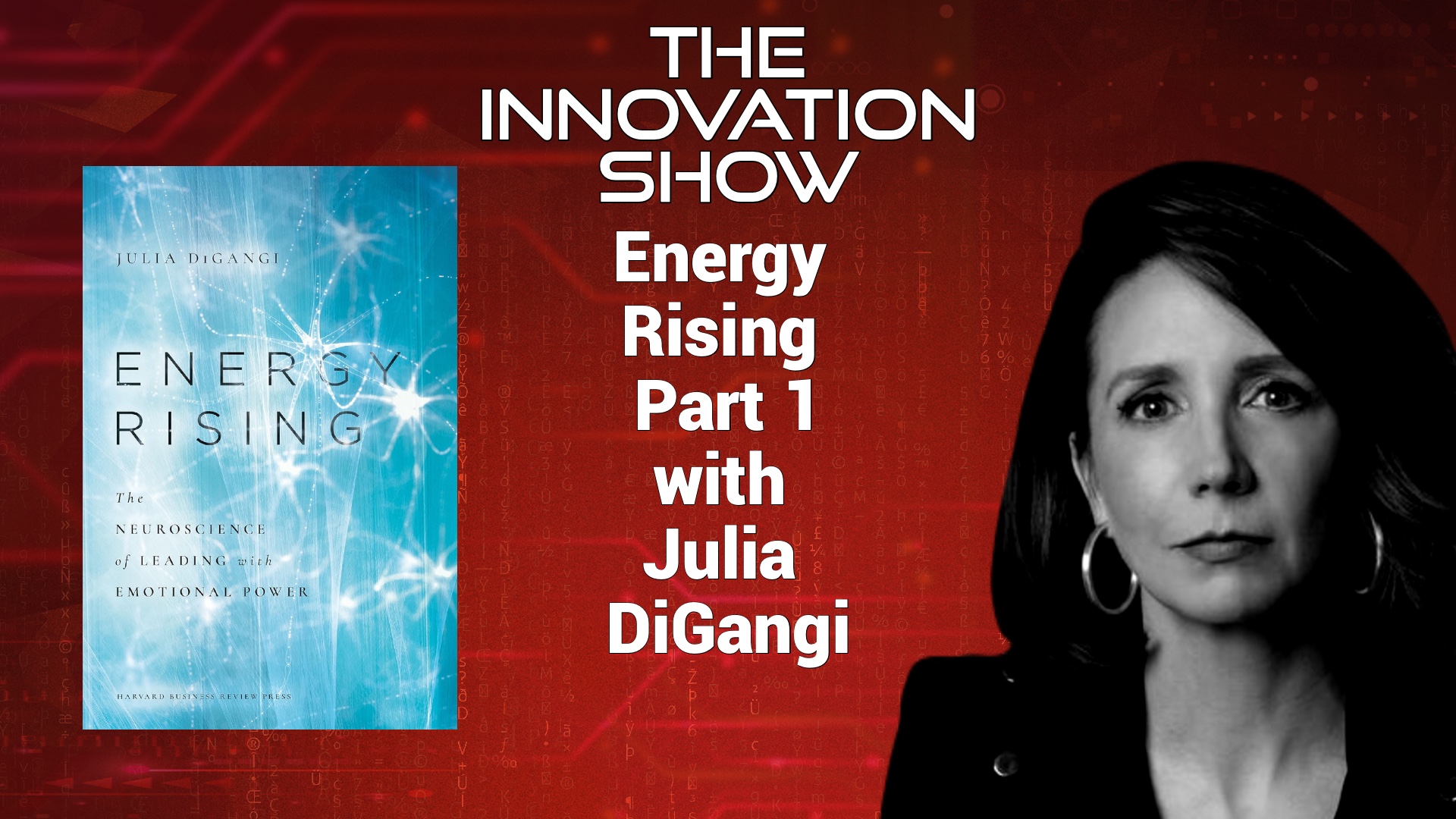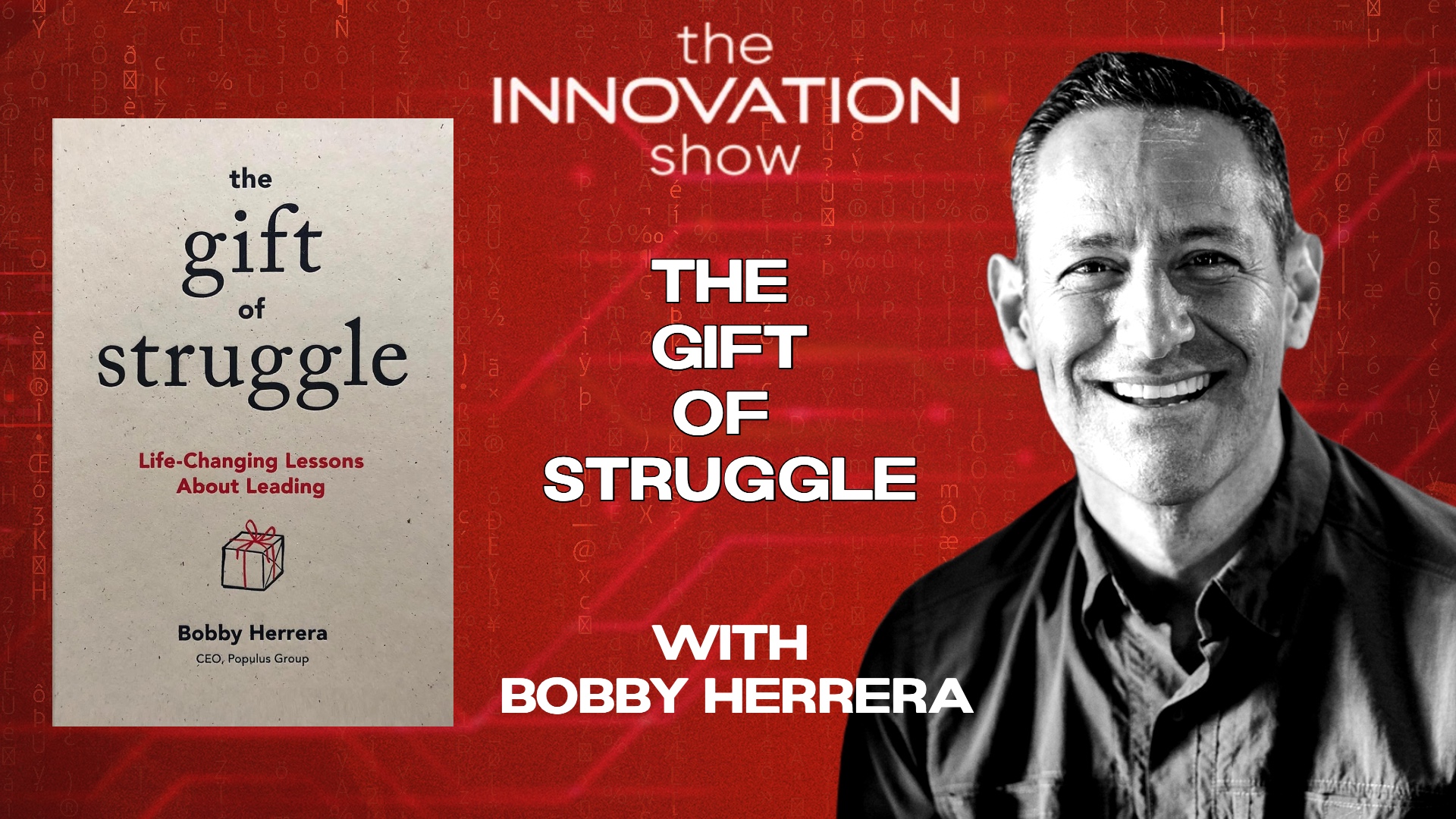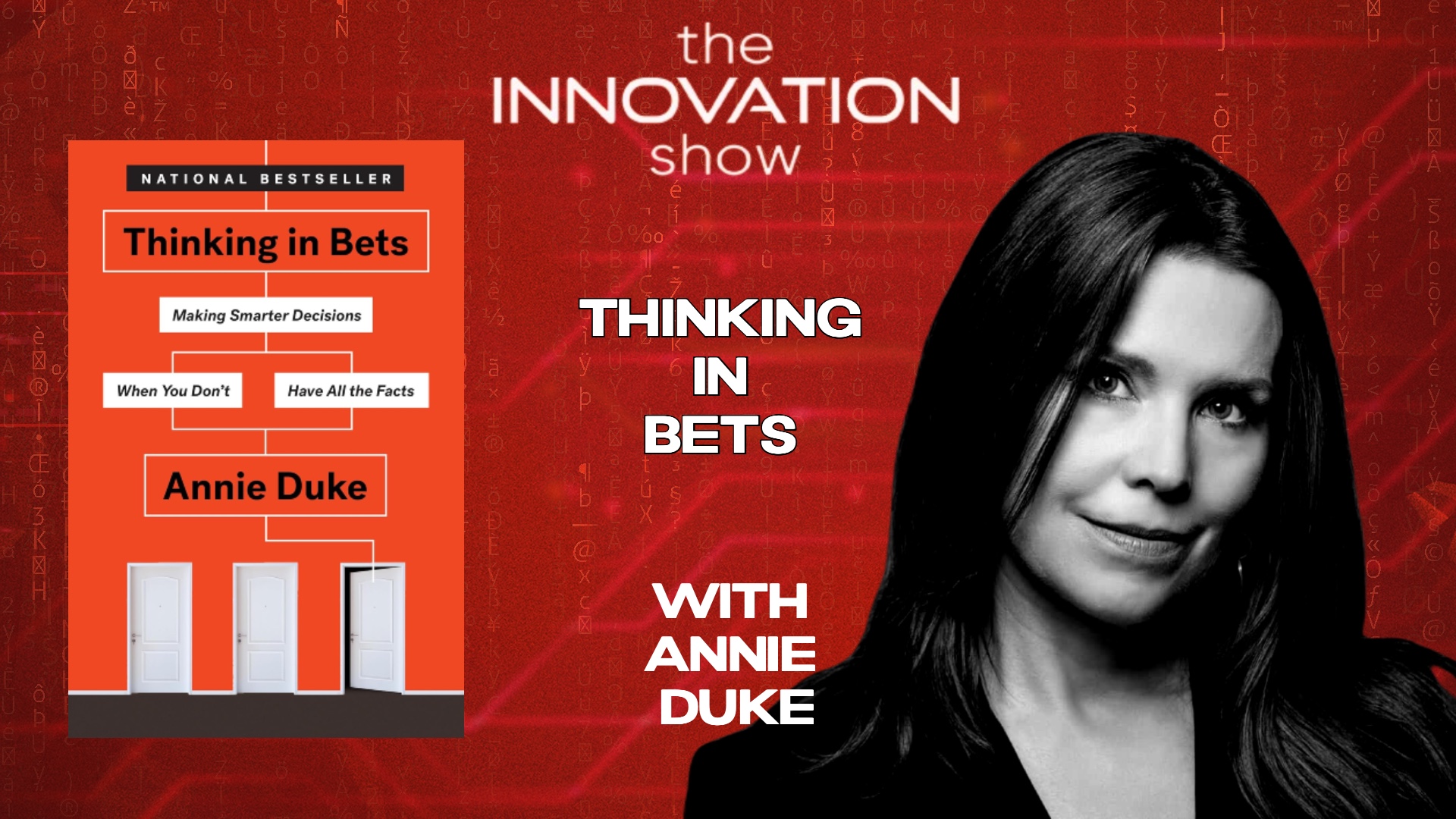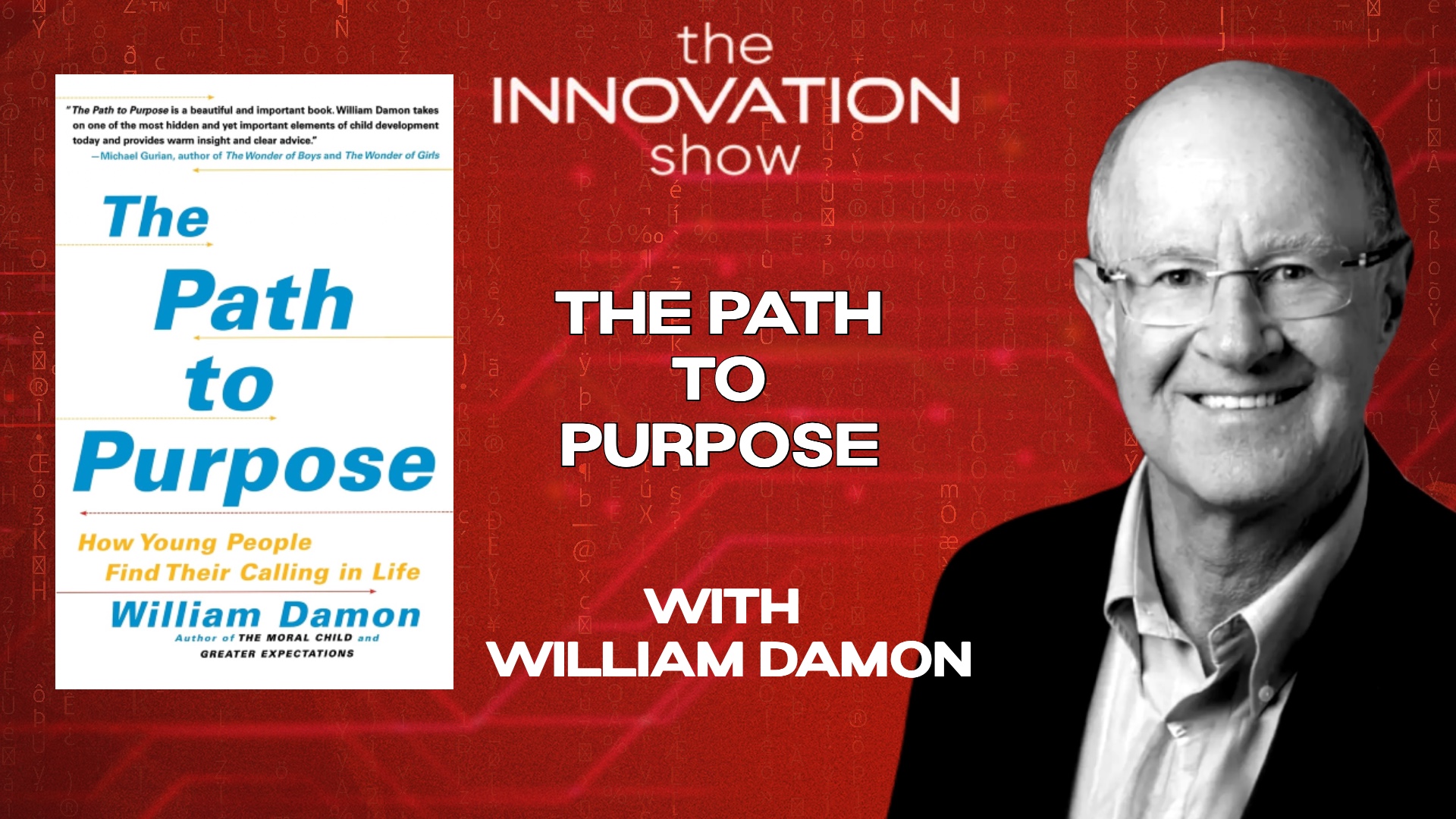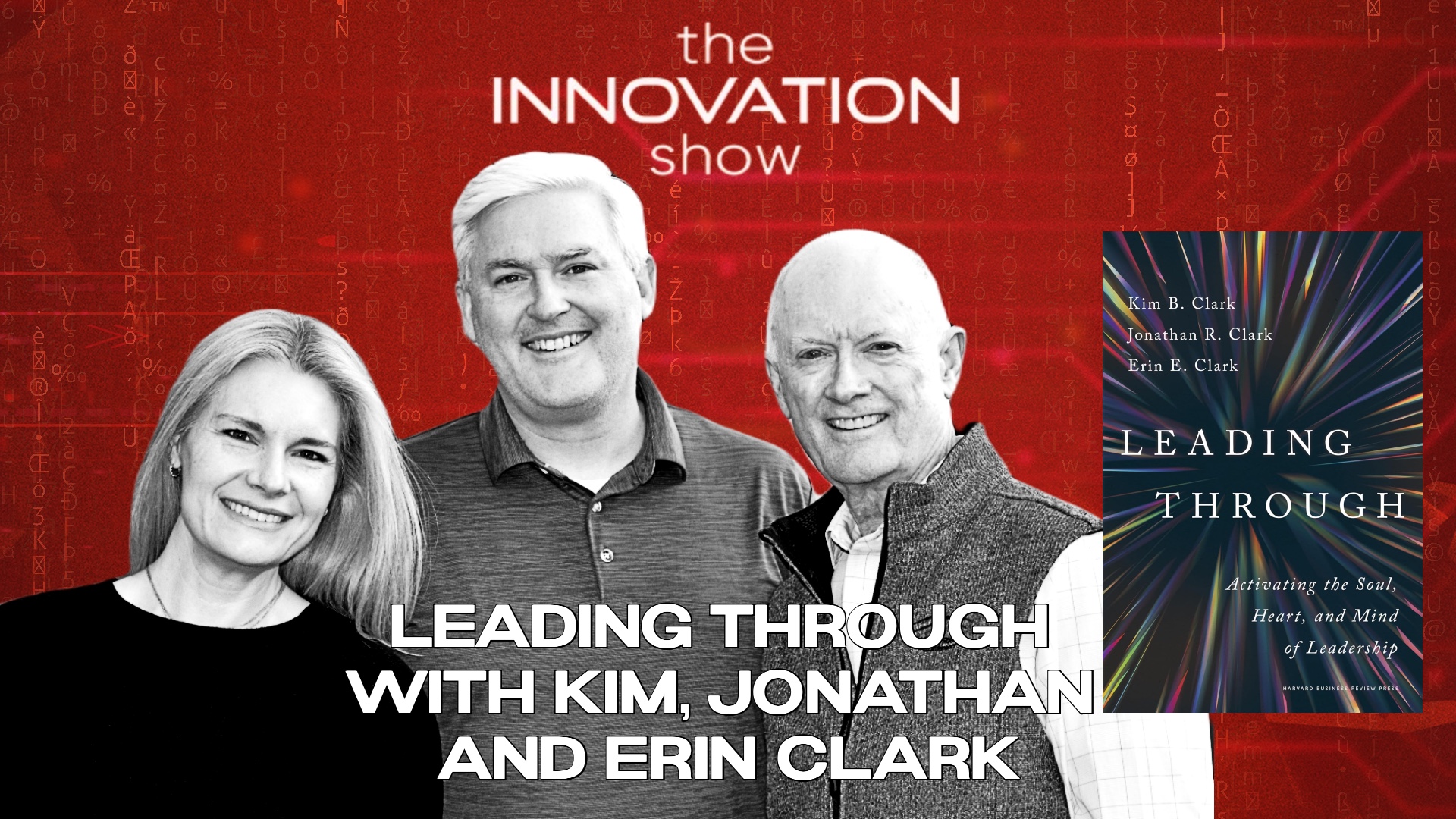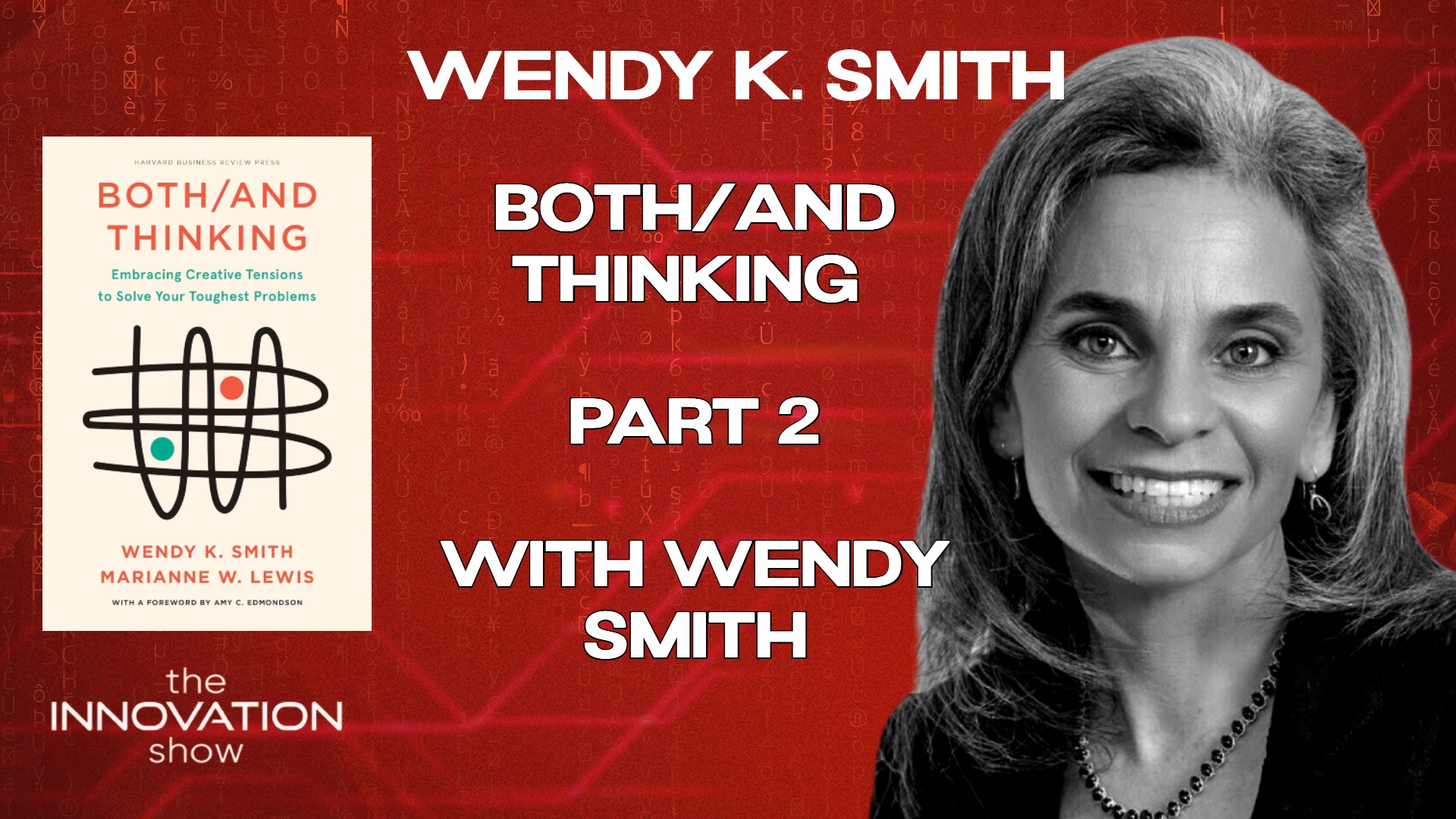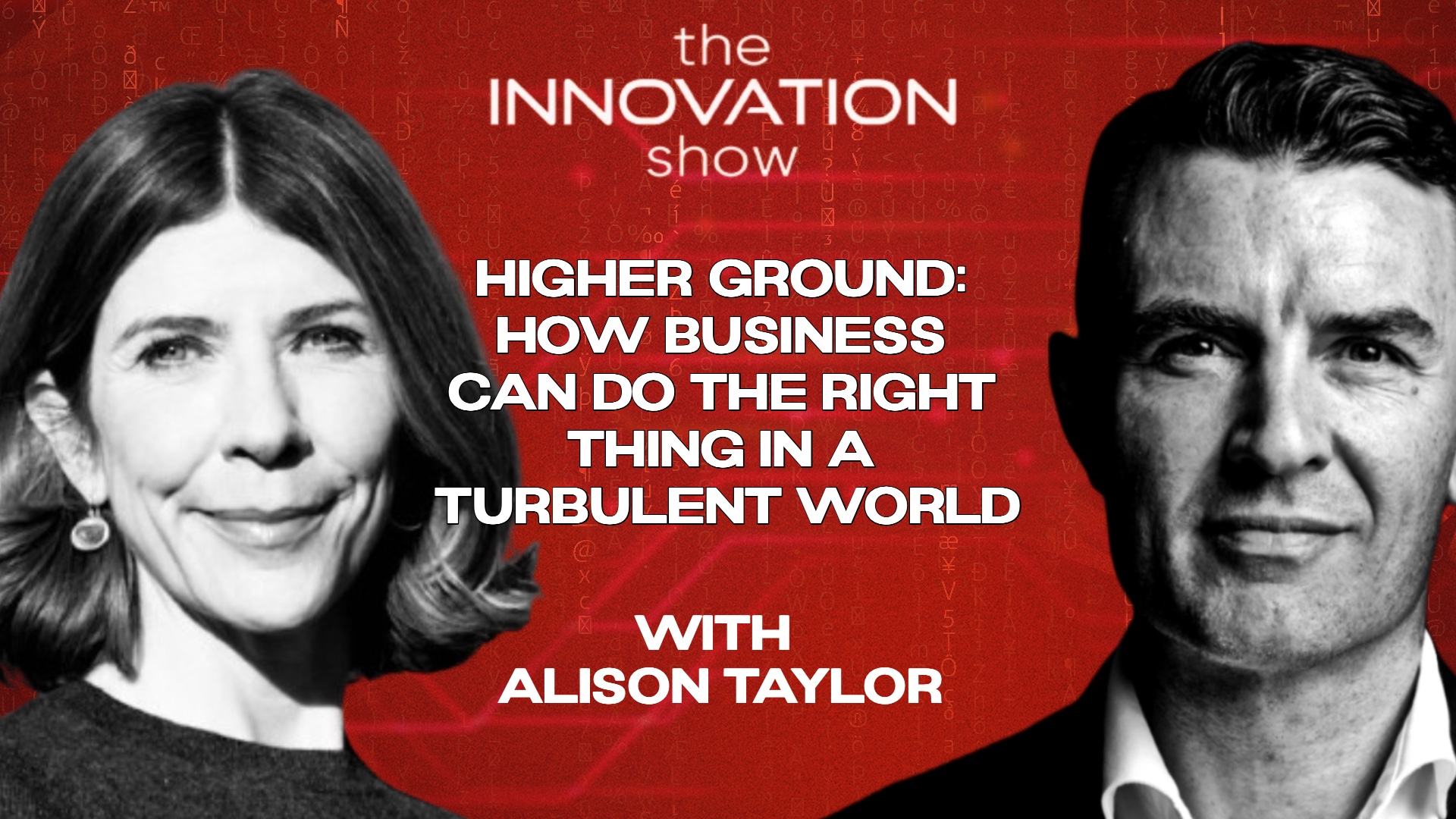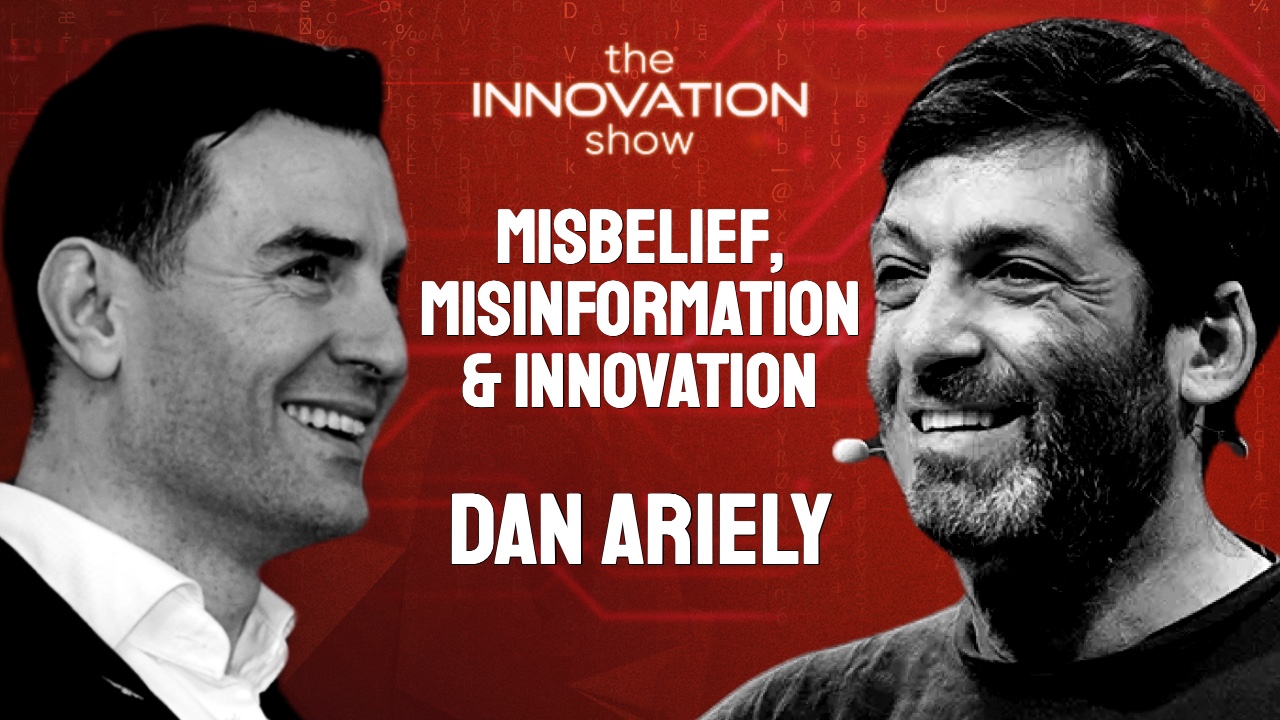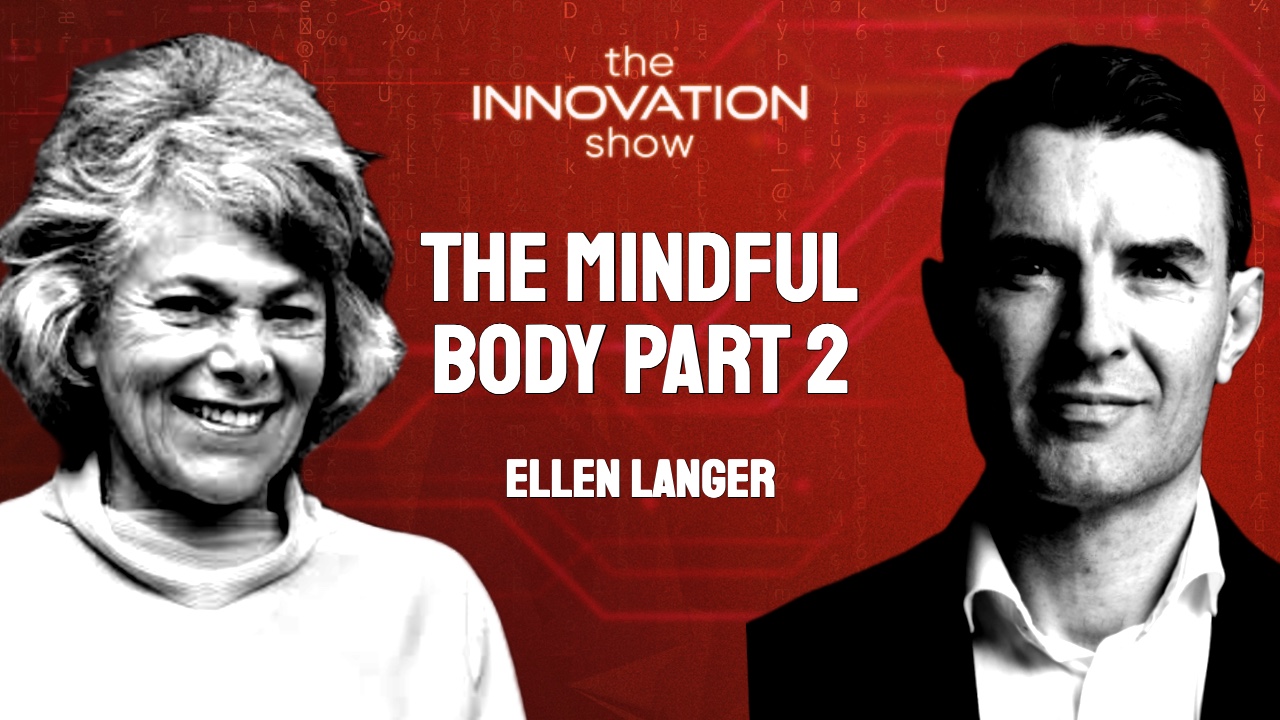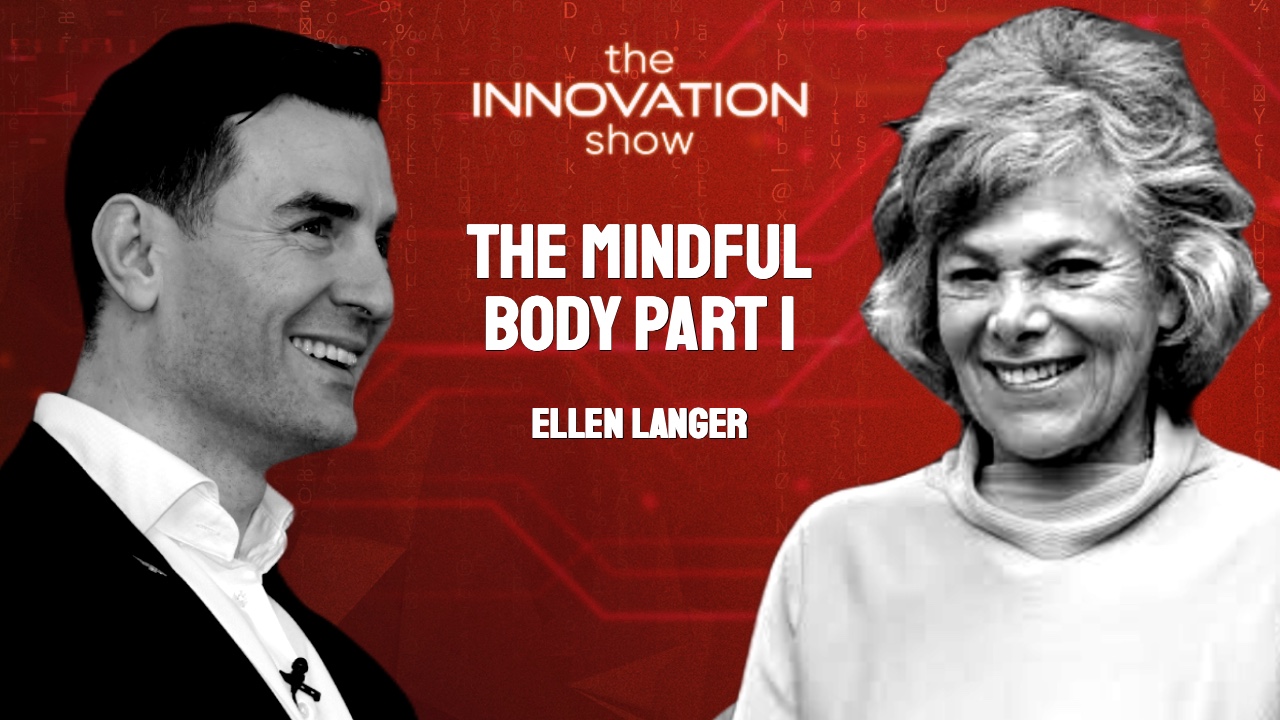Julia DiGangi, neuropsychologist and author of ‘Energy Rising,’ unveils how emotional energy shapes our lives. From navigating uncertainty to cultivating leadership through emotional intelligence, Julia offers profound and practical insights for personal and professional transformation.
Posted 1 year ago Tagged Aidan McCullen Bobby Herrera Business Growth business success community building empathy Innovation Innovation Show inspiration kindness in leadership Leadership leadership journey leadership lessons Life Lessons overcoming challenges personal growth Storytelling struggle as a gift The Gift of Struggle vulnerability
In this episode, Bobby Herrera, CEO and author of The Gift of Struggle, discusses the leadership lessons he’s learned from overcoming challenges. Hear how a small act of kindness on a bus at 17 transformed his life and inspired him to build a $500 million business. Discover how embracing vulnerability and sharing stories can help leaders create more connected and empowered communities.
Posted 1 year ago Tagged Aidan McCullen Annie Duke cognitive psychology Cognitive Science decision making decision quality Eric Seidel Executive Education feedback loops game theory optimal Innovation Marshawn Lynch National Science Foundation NFL Pete Carroll poker precommitment contracts quit resulting risk assessment Seahawks Super Bowl Thinking in Bets uncertainty
Join Annie Duke to explore her bestseling book, Thinking in Bets, linking NFL strategies, poker psychology, and decision-making in business. Learn how to improve decision quality, manage uncertainty, and apply cognitive science to innovation and risk assessment.
Posted 1 year ago Tagged A Round of Golf With My Father adolescence adolescent psychology Aidan McCullen civic purpose family businesses family enterprises Good Work greater expectations Howard Gardner life review process Mihaly Csikszentmihalyi moral development purpose and commitment purpose in life purposeful living Resilience sense of purpose The Moral Child The Path to Purpose The Purpose Driven Life William Damon youth fulfilment
In this episode, we sit down with William ‘Bill’ Damon, a leading expert on adolescence and author of *The Path to Purpose*, to explore the vital role of purpose in shaping resilient and fulfilled lives. Bill shares insights from his extensive research, including collaborations with Howard Gardner and Mihaly Csikszentmihalyi, and discusses how purpose influences various aspects of life—family, education, and work. He also reflects on his personal journey, offering practical advice for anyone interested in fostering a sense of purpose in themselves or others. This conversation is a must-listen for parents, educators, and mentors alike.
Posted 1 year ago Tagged Aidan McCullen Bureaucracy Business Strategy Employee Empowerment Employee Engagement Erin Clark Harvard Business School Human Potential Innovation Jonathan Clark Kim Clark Leadership Leading Through Management Consulting Modularity New Paradigm Organizational Change Organizational Transformation Power Over Paradigm professional development Workplace Culture
In this episode, we delve into a profound moment of opportunity in human history, examining how organisations can harness leadership to help people and communities thrive. The discussion centres on the new book, ‘Leading Through: Activating the Soul, Heart, and Mind of Leadership,’ authored by Kim, Jonathan, and Erin Clark. The Clarks share their experiences from diverse fields to propose a shift from the outdated power-over paradigm to a more human-centric, flexible, and adaptive way of leading. Topics covered include the challenges and potential of the new paradigm, real-life examples from the authors’ professional journeys, and the enduring need for empathetic leadership even in the face of daunting organisational inertia.
Posted 2 years ago Tagged Aidan McCullen Both and Thinking career challenges Corporate Culture Creativity decision making Innovation Leadership organisational behaviour paradox Problem Solving success tension management Transformation Wendy Smith
Unleash the Power of “Both/And” Thinking: Solve Toughest Problems & Make Breakthrough DecisionsTired of either/or choices? This episode of The Innovation Show cracks the code on navigating paradoxes. Join Wendy Smith, co-author of “Both/And Thinking,” as she reveals the power of embracing tensions for better problem-solving in your career, organization, and beyond. Discover the four types of paradoxes and practical strategies to manage them effectively. Learn from Lego’s success story and more!
Posted 2 years ago Tagged Aidan McCullen Alison Taylor Business business ethics Corporate Culture corporate responsibility ethical challenges ethical leadership Higher Ground Innovation Leadership NYU Stern responsible business Social Media stakeholder capitalism systemic issues Transformation transparency
Join Alison Taylor, NYU Stern ethics professor and author, to explore ethical challenges, stakeholder capitalism, corporate culture, and the role of leadership in building a responsible and sustainable business.
Posted 2 years ago Tagged Aidan McCullen Behavioral Economics Business Cognitive Bias Cognitive Dissonance Conspiracy Theories Dan Ariely Dunning-Kruger Effect empathy Fake News Identity and Belief Innovation Leadership Misbelief Misinformation Political Affiliation Psychology Resilience Secure Attachment Shibboleth Social Media Stress and Misbelief Transformation Trust in Society
This episode features Dan Ariely, author of ‘Misbelief, what makes rational people believe irrational things’, focusing on the psychology behind misinformation and belief in conspiracy theories.
Posted 2 years ago Tagged Aidan McCullen Business Leadership
Discover Ellen Langer’s transformative insights on mindfulness and positive psychology for boosting creativity and innovation, on the innovation show.
Posted 2 years ago Tagged Aidan McCullen Carrying out tasks Chronic Health Confidence Building Ellen Langer Empowerment Habitual Behaviour Health Awareness Lifestyle Mind-Behaviour Connection Motivational Interview Personal Development Positive Psychology Social Psychology Stress Management Thinking habits Transformation
An Interview with Ellen Langer: The Power of Mindfulness in Health and Life. Ellen Langer was the first woman to be tenured in psychology at Harvard. Known worldwide as the mother of mindfulness and the mother of Positive Psychology
